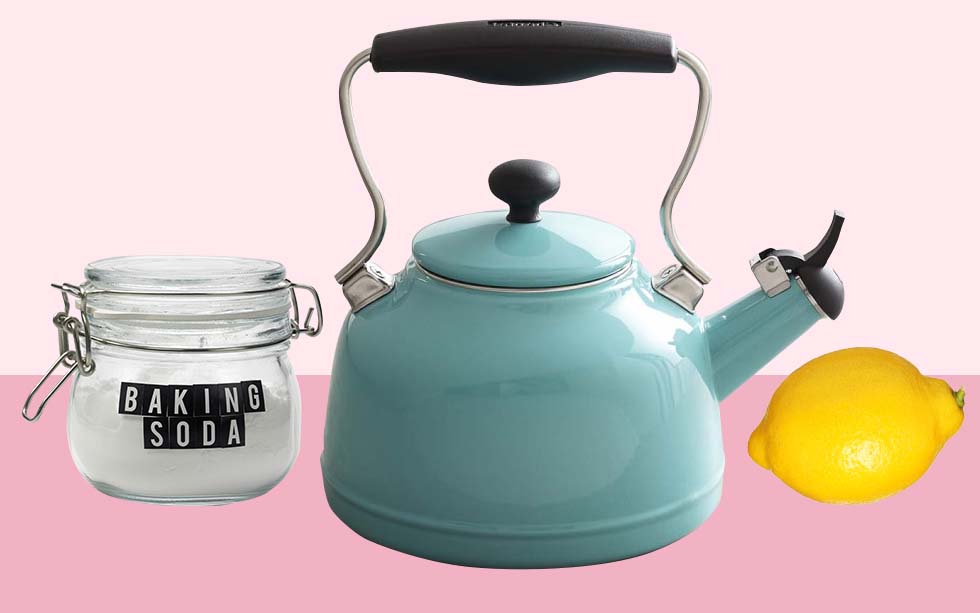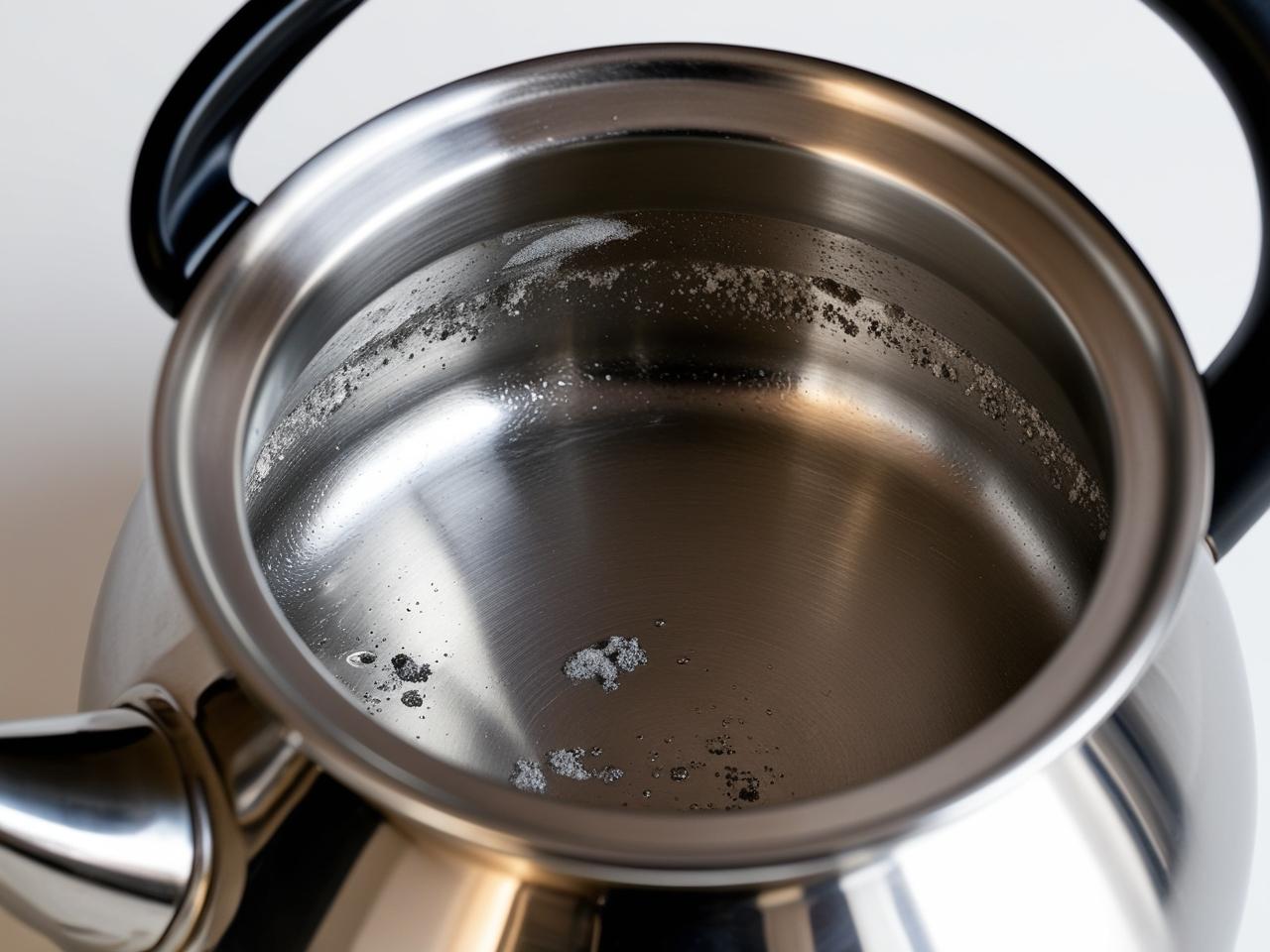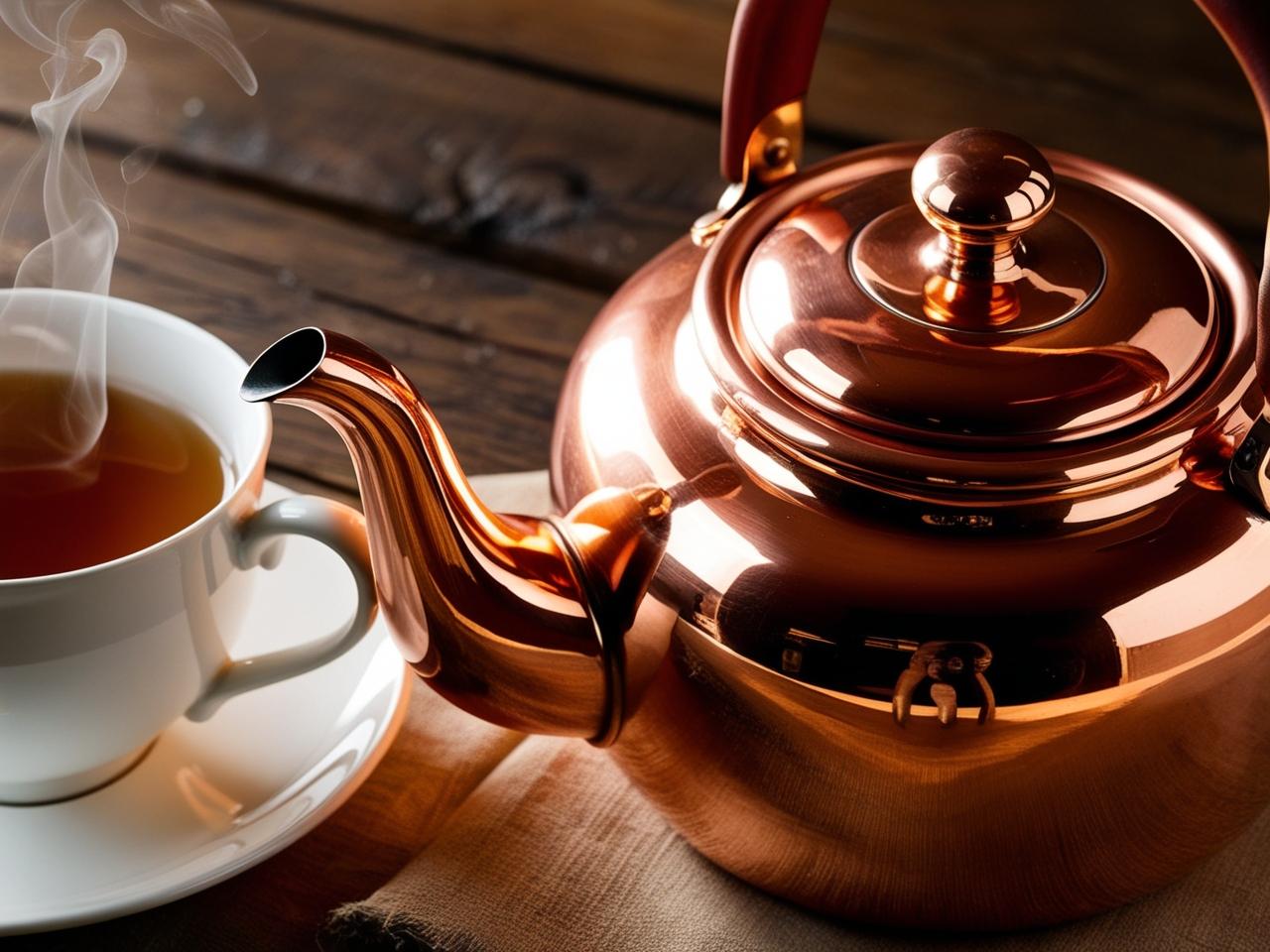If you've been using your tea kettle without properly cleaning it for weeks or even months, you've probably noticed a buildup of limescale inside it. If this applies to your circumstance, there's no need to worry because you can always clean your kettle. If you are wondering how to descale a tea kettle, please continue reading this article for more information.
How to Descale a Tea Kettle?
There are several methods for cleaning your tea kettle. Even if you've been putting off cleaning your tea kettle for a while. You can still use these techniques to tidy it up. The specific approaches are as follows:
- Descale tea kettle with vinegar
- Descale tea kettle with lemon juice
- Descale tea kettle with bicarbonate of soda
- Descale tea kettle with coke
- Descale the tea kettle with acid.
Have you ever wondered what that horrible residue that accumulates in your tea kettle is?
This residue may occasionally cause white floaters to appear in your drink. Limescale is composed up of calcium carbonate and other minerals that remain after water evaporates. Limescale buildup on tiny equipment, such as tea kettles, can interfere with their operation and shorten their lifespan.
In this article, we'll show you five simple ways to descale your tea kettle. All you have to do is follow the directions attentively.
Descale the Tea Kettle with Vinegar
- Step 1: Fill the tea kettle to the 34-cup mark with equal parts of the mixture (water and white vinegar).
- Step 2: Bring the pot to a boil, then turn it off and leave the solution in the pot for up to 30 minutes.
- Step 3: Pour out the solution after use.
- Step 4: Clean the tea kettle with new water and then boil it once or twice at full capacity to ensure that there is no residual vinegar flavor.
Descale Tea Kettle with Lemon Juice
- Step 1: Prepare the solution with 30 ml of lemon juice and 500 ml of water.
- Step 2: Pour the mixture into your tea kettle. Allow it to sit there for one hour before bringing it to a boil.
- Step 3: Pour the mixture out and thoroughly rinse the tea kettle before returning to your normal routine.

Descale Tea Kettle with Bicarbonate of Soda
If baking soda is all you have on hand, you can use it as the alternative for bicarbonate of soda.
- Step 1: Add a tablespoon of baking or bicarbonate of soda to your tea kettle. Then pour water until full of capacity. Boiling the water with baking or bicarbonate of soda in it.
- Step 2: Allow the mixture to sit for 15 to 30 minutes before removing it completely.
- Step 3: To guarantee there is no residual taste of bicarb or baking soda, rinse the tea kettle with fresh water. Remember to boil it with new water once or twice.
There is also an alternative method for you to use with bicarbonate or baking soda:
- Step 1: Prepare half a cup of bicarbonate or baking soda. Pour it in your tea kettle, then add a few drops of water.
- Step 2: Scrape away portions of limescale inside and out with a clean toothbrush.
- Step 3: Before using the tea kettle again, thoroughly rinse it and re-boil it with new water.
Descale Tea Kettle with Coke
With a phosphoric acidity at 2.8, Coke is as effective as lemon juice or vinegar for specific cleaning activities.
- Step 1: Fill your tea kettle halfway with Coke and bring it to a boil.
- Step 2: Allow the liquid to cool down for 45 minutes and pour it out.
- Step 3: Thoroughly washing and rinsing your tea kettle.
- Step 4: Boil your tea kettle again with clean water.
Descale the Tea Kettle with Acid
- Step 1: Before you bring it to a boil, ensure that the tea kettle is half-filled.
- Step 2: Add a cubicle of citric acid powder to the hot water once it is boiling. Let the combination sit for 15 to 20 minutes to do its job, then drain out the water.
- Step 3: Make certain that you clean off the tea kettle and boil it at maximum capacity.
- Step 4: Pour out the water again, and then you can use it to make your tea.

Why Should You Descale Your Tea Kettle?
The most common reason for descaling your tea kettle is calcium carbonate, often known as limescale. Limescale not only makes your tea taste bad, but it may also shorten the life of your tea kettle.
Limescale is a milky white, hard substance that clogs your tea kettle's filaments after the hot water evaporates and solidifies. Scrubbing alone may not be effective in removing this residue. It looks unsightly when it appears as flakes floating in your hot drink and gives your boiling water a metallic taste.
Ordinary cleaning treatments rarely remove limescale. After all, typical cleaning requires the use of water, which is the root of the problem!
Descaling requires the application of an acidic chemical that reacts with alkaline mineral deposits. This makes them easier to remove.
For these reasons, if you wait too long to descale your tea kettle, you will face serious consequences. Your tea no longer tastes delicious. Your device will have a short life. If limescale accumulates for an extended period of time, it becomes tough to remove.
How to Prevent Limescale Build-up in a Tea Kettle?
Aside from cleaning your tea kettle on a regular basis, drain it completely after each use. Because residual water increases the possibility of mineral deposits accumulating within.
To save water, simply fill your tea kettle with the amount of water required.
Frequently Asked Questions
1. How often should you descale your tea kettle?
Every few months, it is vital to clean up your tea kettle. Limescale and other mineral deposits may build up within your kettle over time. It will harm its performance or perhaps limit its lifespan. You may need to clean your kettle more regularly while living in a harsh water environment.
2. How to clean the outside of a tea kettle?
Clean the outside of your kettle with hot, soapy water. Then wipe it down with a microfiber towel.
Remember not to dip the equipment totally into the sink. Bottle half water, half white vinegar, and spray over a clean, fine microfiber or soft cloth if you want to have an extra glow.
3. Is limescale bad for you?
Actually, no. Limescale has no adverse effects on your organism in small quantities. On the contrary, most mineral water in shops contains minerals that are excellent for your health, such as magnesium and calcium.
However, limestone can dry your skin. Please remember to frequently apply decent body and hand cream if you reside in a hard water location.
4. What will happen if I don’t descale my kettle?
There is a chance that the heating element could be significantly damaged if you never had your kettle descaled. And because its lifespan has been shortened, you will have to throw away your device pretty soon.
Conclusion
In this article, we've shown you five unique ways to descale your tea kettle. We want to assist you in finding the solution you're looking for. Please use these methods carefully and on a regular basis to descale your tea kettle. It will allow you to have a delicious and delightful cup of tea every day.
